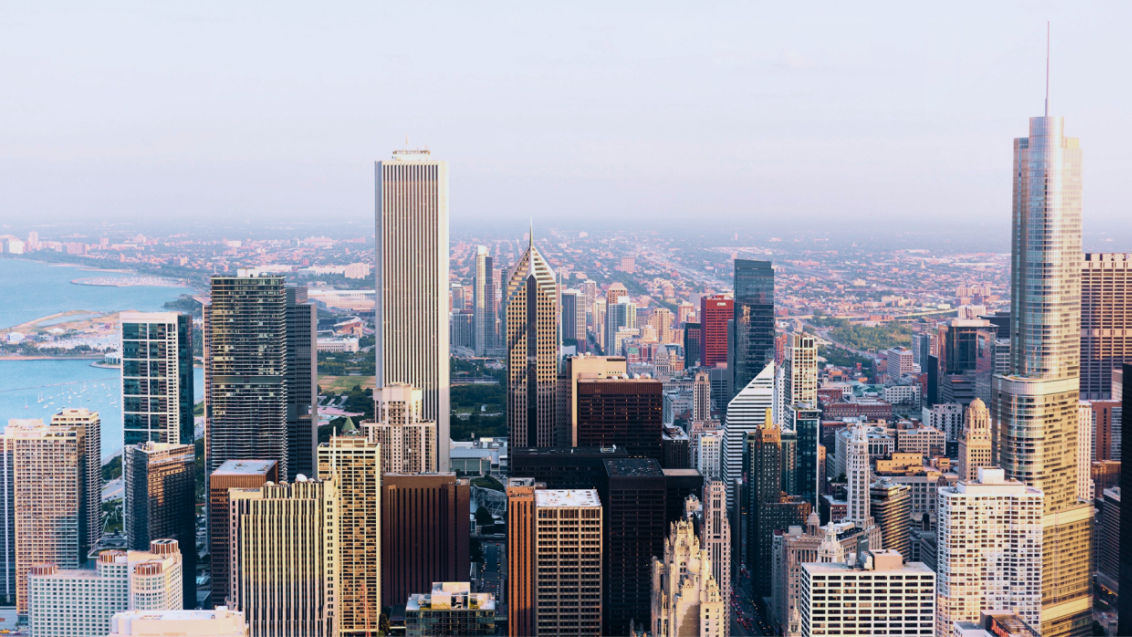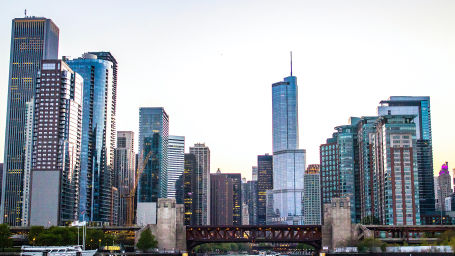

June 7, 2019 | Gunnar Peters, Sr. Director, Emerging Networks, Enterprise Data Product, Spectrum Enterprise

97 hours.
That’s the average time a person loses in traffic during their commute each year, according to a new report from traffic data company INRIX. That’s four days out of every year Americans spend staring at the bumper in front of them.
One reason traffic congestion is a consistent problem is that urban areas are experiencing rapid expansion. In fact, the UN projects 68% of the world’s population will live in urban areas by 2050. Traffic congestion results in massive delays, loss of productivity, poorer air quality, slower emergency response times, and a higher probability of accidents.
Traffic management has become a key issue for government leaders to address, and they are turning to data collected from traffic management solutions to beat the bottleneck and the issues it causes.
The data needed
Similar to many smart city projects, traffic management solutions, are fueled by data, but what types of data exactly? Here are six types that traffic management tools collect to reduce the bumper-to-bumper time in traffic:
- Vehicle count – There are many different methods to count the number of vehicles on the road, whether it’s pneumatic road tubes laid across the roadway, sensors embedded in the roadway, or inductive loops cut into the roadway, all these devices will capture road usage.
- Vehicle classification – Some of these devices not only count the number of vehicles on the road, but can classify the types of vehicles as well, whether it’s a car, truck, bus, etc.
- Vehicle speed – Traffic cameras and sensors (as well as some GPS-enabled devices) can also collect vehicle speed.
- Drive time – Related to speed, traffic cameras (for instance on toll roads) are also effective for determining the amount of time drivers spend on the road.
- Traffic location – GPS navigation devices in cars or mobile phones can anonymously provide locations of heavy traffic.
- Accidents – Traffic cameras can also be used for accident detection where an alarm and on-screen display call attention to incidents only seconds after an accident occurs.
Highway to success
Data is the fuel driving traffic management solutions, but the true fast lane to success extends further than just data collection. Government leaders also need to ensure they have the right partner with a reliable, expansive, and secure network that connects the various sensors and devices that collect traffic data to cloud-computing platforms. Once this underlying infrastructure is in place, it allows for all the different pieces of collected data to be sent in real-time to a business intelligence tool where the data is analyzed to determine the best next action to take.
The types of data aren’t limited to the examples above, either. There are many other data sources that can be integrated like Waze data, Uber data, pedestrian data or bicycle data from smart lighting projects, just to name a few. By collecting different types of data, finding the right partner to lay the groundwork on a reliable network, and implementing data analytics, city leaders can not only reduce commute times, but also contribute to decreasing pollutant emissions and the number of road fatalities.
Car-pooling for greater impact
More and more city leaders are going miles further and partnering with neighboring cities to create regional intelligent transportation systems. This allows cities to pool funding opportunities and link communications and software services between local and regional agencies. By enabling the sharing—or pooling, if you will—of data between agencies, city leaders can have a greater, impact across a larger region, cutting commute times for even more citizens.
McKinsey predicts that by 2025, cities that deploy a full range of intelligent mobility applications have the potential to cut average commuting times by 15–20 percent. For the average commuter, this translates into getting back 15–30 minutes every workday—or two to four full days every year. Now, that’s a destination to speed towards.
To get more stories on the importance of data and data governance, sign up for updates here.
Speak with a Spectrum Smart Cities Expert
* IRIX, Congestion Costs Each American 97 hours, $1,348 A Year, February 11, 2019.
https://inrix.com/press-releases/scorecard-2018-us/







